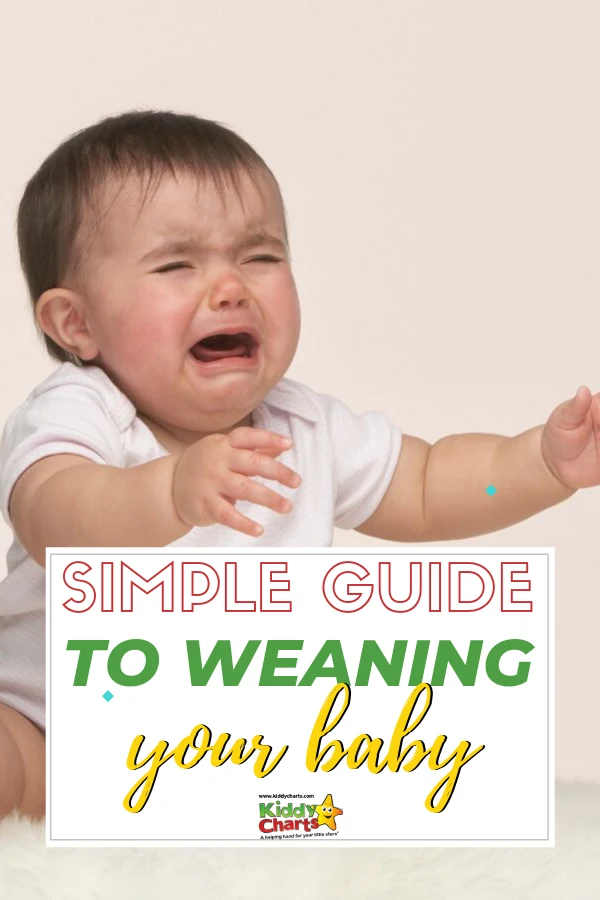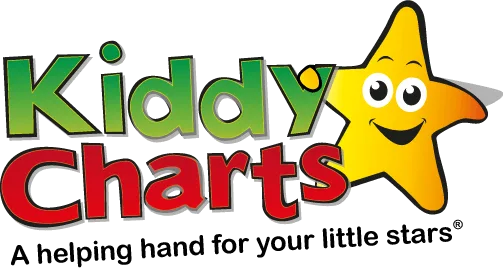Weaning your baby is a key step in its development. An exciting time in which they will start to explore new textures and flavours, it’s important to know exactly what they can eat and a method that you can use to make the step as painless as possible. Whether you are a first-time mum or you already have a horde of little ones, it’s good to know how to get your new baby used to the idea of eating solid foods. The transition from breast milk/formula might seem like a daunting one, but with this simple guide, those worries will start to melt away.

When can you start weaning your baby

Firstly, it’s good to remember that you should wait until they are around 6 months old before you start to wean them off of breast milk. This will give their digestive system enough time to fully develop so that they are able to cope with solid foods – which also includes cereals and food purees. You should also make sure that they:
- Can hold their head up on their own and keep themselves in an upright position,
- Their eyes are coordinated so that they can see the food in front of them – allowing them to pick up the food by themselves, and
- They are able to swallow food – often, when a child isn’t ready to be weaned they will push the food out with their tongue.
What do you need to start weaning your baby

- High chair with harness,
- An assortment of bibs,
- Plastic weaning spoons (which can be purchased from a variety of supermarkets and shops),
- A steriliser to clean the spoons, beakers etc.,
- Bowls,
- Beakers,
- A splash mat – to help with any messy foods, and
- Containers to store the food in.
What foods to avoid when weaning your baby

- Sugar and salt,
- Nuts – these are a clear choking hazard, so shouldn’t be given to your child until they are around 6 years old,
- Fruit juices,
- Cow’s milk (not until they are over 1 year old),
- Honey (“), and
- Low-fat foods.
How to introduce your baby to weaning

It’s recommended that the best time of the day to introduce weaning is when your baby is relaxed, rested and they aren’t too hungry – around 1-2 hours after you have breastfeed them. The morning is the best possible time to introduce new foods to them as they will be more aware of what they are eating and more alert. This is also a good way of determining if they are allergic to anything, as it will allow for a full day for any reactions. By introducing your baby to 1 to 2 new foods a day, you will start to build up their confidence in the solid food and get them used to eating them.
Weaning at 6 months
When your child is around 6 months old, start by giving them foods that are soft in texture – for example, mashed vegetables and baby rice. Let their appetite guide you on what they like – then from there, you will be able to determine what to give them each day. Make sure that you give them finger foods which are cut up into small pieces that they can chew. Also, don’t completely cut out milk, however. Simply start to build up their appetite with foods gradually each day and they will start to want it more than milk.
Weaning at 7 months
As you have been weaning your baby for a month now, their appetite and ability to digest certain textures is continuing to grow. At this point, you can start to offer them pureed chicken, custard, meat, etc. You can also start to increase the number of meals that they have each day from two to three.
Weaning at 8 to 9 Months
At this stage, your baby will be having a variety of sweet and savoury foods in three meals a day. The food should include a good level of iron – such as chicken and other types of meat so that it will help with their development. It’s still recommended that you are giving them approximately 4 bottle feeds a day – the rest of their liquids, however, can be made up of diluted juice and water.
Weaning 9 to 15 months
Between this time you should be encouraging self-feeding, chopping food up (instead of pureeing or mashing it) and introducing healthy snacks (e.g breadsticks and fruit). At the earlier stages of this timeframe, you still might be giving them 3 bottles of breast milk or formula a day. But by 12 – 15 months you can start to give them up to 500ml of full cream cow’s milk.
Quick tips For weaning
We really hope you have found these thoughts useful – lets end on some other gentle quick tips for your when weaning:
- Allow lots of time for feeding and don’t make your child feel as though they have to rush.
- Don’t ever leave your baby alone when they are drinking or eating.
- Try to encourage them to eat solid foods by talking to them quietly.
- Try to eat at the same time as your baby – this will encourage them to eat too!
- Always test the food to make sure it’s cold enough for them to eat.
We hope you have found this useful – why don’t you check out some of the other resources that we have on the site for little ones:
- How about checking out the alphabet flashcards we have to help your little one pick up reading sooner?
- And what about these amazing baby milestone cards as well – they are simply gorgeous!
- Finally, what is not to love about our baby mobile -with a bit of a jungle theme.

If you are still looking for a few more weaning ideas, then try these too, to complement what we have for you here:
- My Bored Toddler has some excellent ideas for healthy finger foods once your baby starts to wean,
- Snotty Noses has a fabulous banana oat cookies for recipes, and
- Mummy Cooks has some excellent ideas for weaning, and here are some thoughts for recipes at 4-6 months.
We’d love to see you back here again soon, so why not subscribe to our newsletter?
Thanks so much for popping along as well!
Helen

